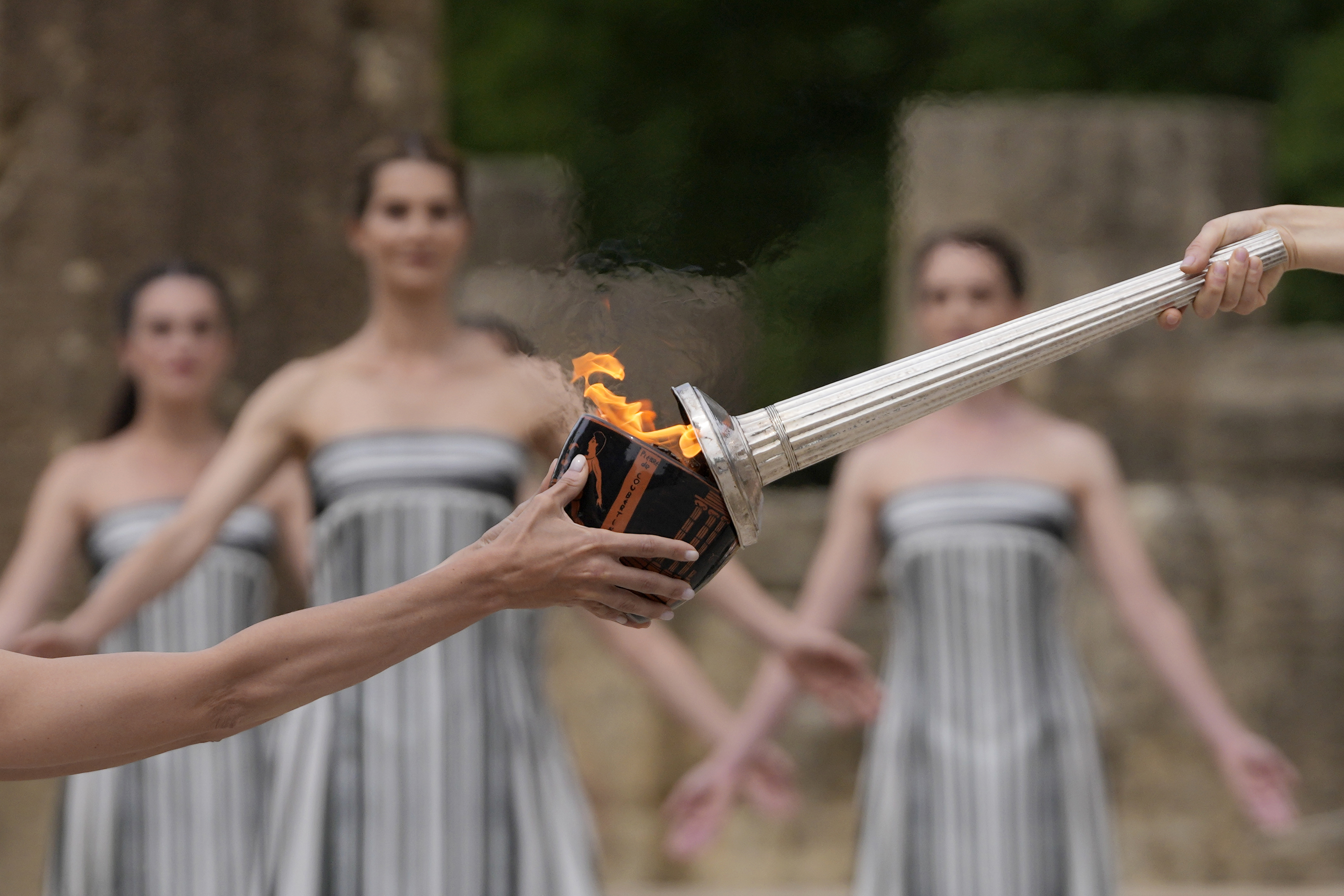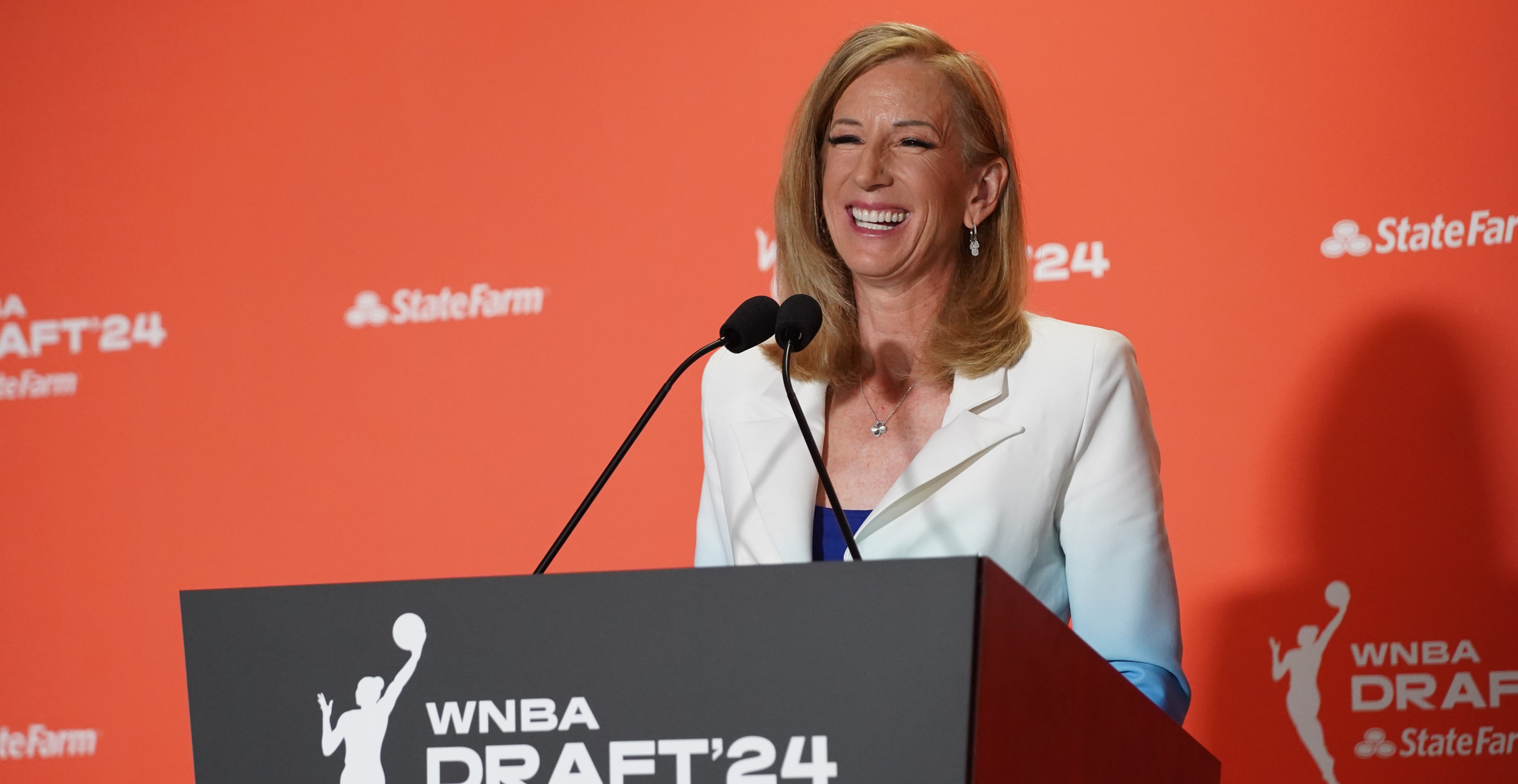One of the most common occurrences in the middle of a Phillies season, at least since 2007, has been the deadline deal that has sent a prospect or two (or three or four) packing, while netting the Phillies a decent-to-great player in an effort to buoy the team’s playoff chances.
Since the Phillies division-winning seasons began in 2007, the Phillies have experienced five big mid-season trades (Kyle Lohse in 2007, Joe Blanton in 2008, Cliff Lee in 2009, Roy Oswalt in 2010 and Hunter Pence in 2011), with each of them succeeding to varying degrees. While all the players contributed in a mostly positive fashion the rest of the way*, the biggest gets, performance wise, have been Lee and Oswalt, who proceeded to pretty much own the National League down the stretch in their respective seasons.
*Except Lohse, who infamously served up a grand slam to Kaz Matsui (He of 32 career home runs in seven seasons) in Game 2 of the 2007 NLDS, which not only sealed the fate of the 2007 Phillies (more or less), but earned Matsui a multi-million dollar deal with the Astros. I wonder if Lohse earned his commission in a lump sum, or if it’s getting paid out over 10 years.
That said, it’s not as if Blanton and Pence didn’t also contribute. Blanton essentially replaced Adam Eaton in the rotation, and Hunter provided some much needed pop from the right side of the batter’s box, even if the Phillies’ supposed “need” for another big bag was overblown. The point is that the Phillies have excelled in making the necessary trades over the last several seasons, not only by getting the right player, but also by not giving up a great deal in return.
The conventional wisdom would point in the direction that the Phillies must have depleted their farm system to acquire these players, but the reality is that, well, they really didn’t.
Crashburn Alley takes a closer look at the individual trades (excepting the Lohse and Pence deals), and comes to their own conclusion regarding just how much the Phillies gave up with respect to how much they received. They address the idea that the Phillies are mortgaging their future with every trade (they aren’t), that their window to succeed is closing (it isn’t) and that, overall, the Phillies do a spectacular job in bringing in new talent to supplement the minor leagues. The post is a bit heavy on the non-traditional stats, but Crashburn is one of the absolute must-read blogs for Phillies’ fans.
I urge you to head on over and check it out for yourself, but for those who just want the punchline, here it is
Sports
In partnership with NBC Sports Philadelphia
Can the Phillies afford to trade away three or four of their Top 10 prospects every year? Maybe they can. They have shown they will do what it takes to hold onto the true cream (Domonic Brown) while letting other teams pick at the seconds. And despite all the trades, the system has produced plenty of talent for the big club: Brown, John Mayberry, Antonio Bastardo, Vance Worley, Michael Stutes and Michael Schwimer all saw extensive action in 2011, and Justin De Fratus, Joe Savery and Phillippe Aumont figure to join them in 2012.
The sky is not falling. The window is not closing. Even if Jimmy Rollins leaves in free agency this year, and Shane Victorino does next year, new players will take their place. The Phillies will continue to win.
There you have it. So as long as they continue to draft well, and provided that they aren't bit by a nasty group of injury bugs, the Phillies are still going to be able to make whatever moves are necessary to ensure that the team are playoff contenders.



